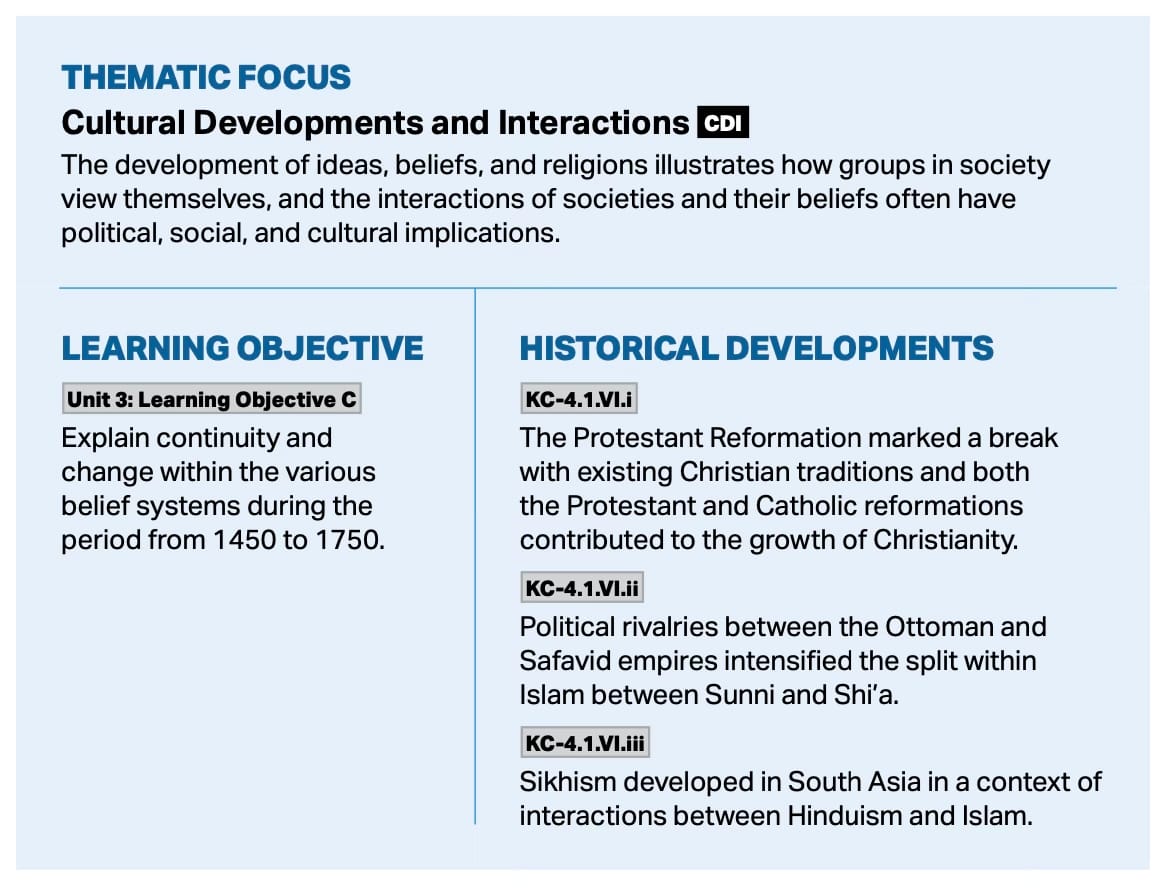“Frequently Invaded Iran”: Relations between the Ottoman and Safavid Empires
Discussion of teaching the Ottomans & Safavids in the sixteenth and seventeenth centuries


Textbooks often present the Ottoman-Safavid wars of the sixteenth and seventeenth centuries as stemming from and contributing to a divide between Sunni and Shi’a Islam. Some historians have even argued that the divide between Catholics and Protestants in Europe was similar. Although the Ottomans and Safavids went to war multiple times, their relationship in these centuries was more complicated.
The Sources
This Content is for Subscribers on the Buy Me Dinner and Buy Me Lunch tiers
SubscribeAlready have an account? Log in



